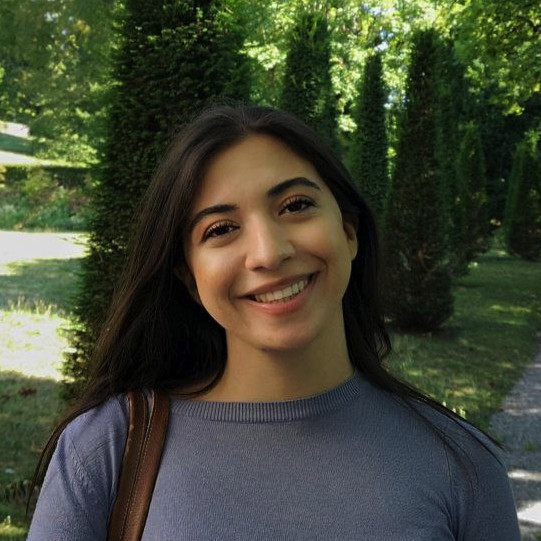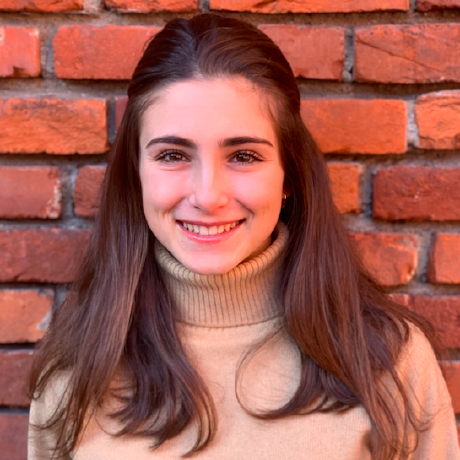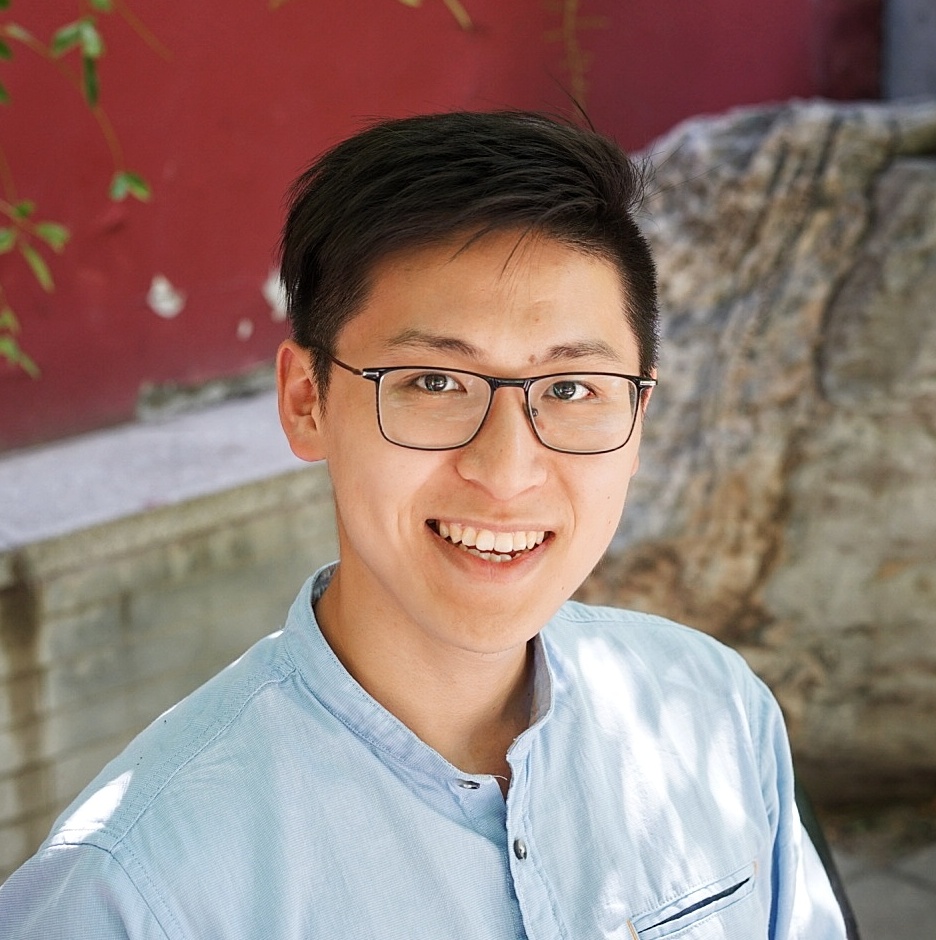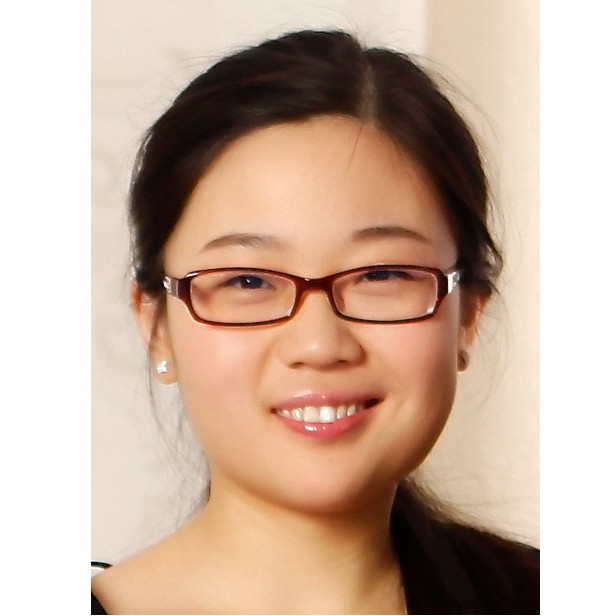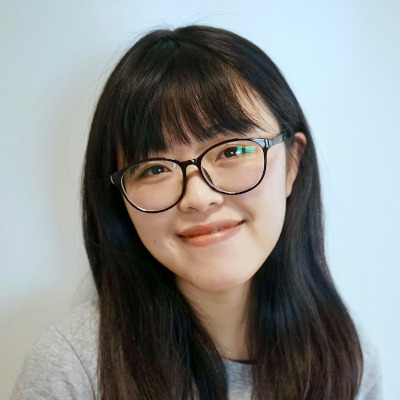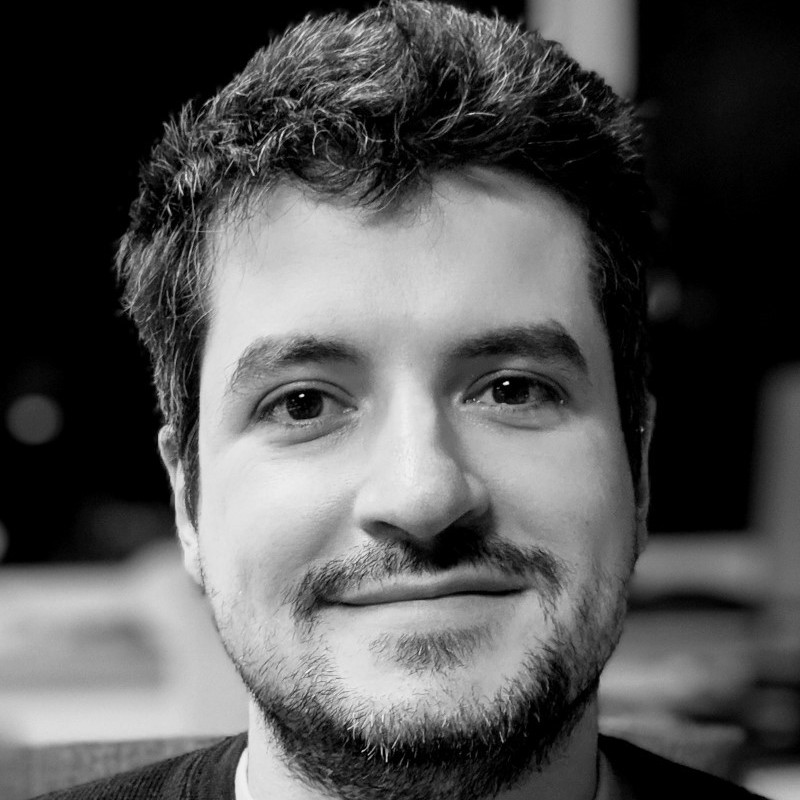CLIP goes 3D: Leveraging Prompt Tuning for Language Grounded 3D Recognition
Deepti B. Hegde, Jeya Maria Jose Valanarasu, Vishal Patel
Motivation 💡
Schedule ⏰
| 13:20 - 13:30 | Welcome & Introduction | |
| 13:30 - 14:00 | Keynote: Jen Jen Chung | |
| 14:00 - 14:30 | Keynote: Vishal Patel | |
| 14:30 - 14:45 | Oral Sessions / Challenge Winners | |
| 14:45 - 15:15 | Keynote: Thomas Funkhouser | |
| 15:15 - 16:00 | Poster Session & Coffee Break | |
| 16:00 - 16:30 | Keynote: Angela Dai | |
| 16:30 - 17:00 | Keynote: Manolis Savva | |
| 17:00 - 17:30 | Panel Discussion |
Invited Speakers 🧑🏫

Professor Vishal Patel
Johns Hopkins University

Professor Angela Dai
Technical University of Munich
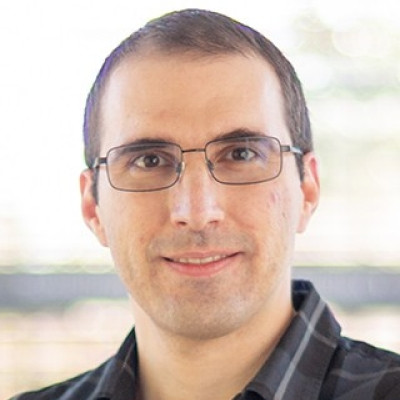
Professor Manolis Savva
Simon Fraser University

Professor Thomas Funkhouser
Google / Princeton University
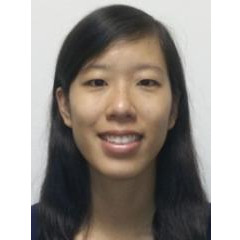
Professor Jen Jen Chung
University of Queensland
Related Works 🧑🤝
Below is a collection of concurrent and related works in the field of open-set 3D scene understanding. Please feel free to get in touch to add other works as well.- ConceptFusion: Open-set Multimodal 3D Mapping RSS'23
- OpenScene: 3D Scene Understanding with Open Vocabularies CVPR'23
- LERF: Language Embedded Radiance Fields ICCV'23
- Decomposing NeRF for Editing via Feature Field Distillation NeuRIPS'22
- Semantic Abstraction: Open-World 3D Scene Understanding from 2D Vision-Language Models CoRL'22
- Language-Grounded Indoor 3D Semantic Segmentation in the Wild ECCV'22
- MultiScan: Scalable RGBD Scanning for 3D Environments with Articulated Objects NeurIPS'22
- ODISE: Open-Vocabulary Panoptic Segmentation with Text-to-Image Diffusion Models CVPR'23
- 3D Open-vocabulary Segmentation with Foundation Models
- Multi-CLIP: Contrastive Vision-Language Pre-training for Question Answering tasks in 3D Scenes
- OpenMask3D: Open-Vocabulary 3D Instance Segmentation NeurIPS'23
- CLIP-FO3D: Learning Free Open-world 3D Scene Representations from 2D Dense CLIP
- VL-Fields: Towards Language-Grounded Neural Implicit Spatial Representations ICRA'23
- PLA: Language-Driven Open-Vocabulary 3D Scene Understanding CVPR'23
- RegionPLC: Regional Point-Language Contrastive Learning for Open-World 3D Scene Understanding
- OpenIns3D: Snap and Lookup for 3D open-vocabulary Instance Segmentation
- OVIR-3D: Open-Vocabulary 3D Instance Retrieval Without Training on 3D Data CoRL'23
Important Dates 🗓️
- Paper Track: We accept novel full 8-page papers for publication in the proceedings, and shorter 4-page extended abstracts of either novel or previously published work that will not be included in the proceedings. All submissions shall follow the ICCV 2023 author guidelines.
- Submission Portal: CMT
- Paper Submission Deadline: July 31, 2023 (23:59 Pacific Time)
- Notification to Authors: August 9, 2023
- Camera-ready submission: August 21, 2023
- Challenge Track:
Accepted Papers 📄
CLIP-FO3D: Learning Free Open-world 3D Scene Representations from 2D Dense CLIP
Junbo Zhang, Runpei Dong, Kaisheng Ma
The Change You Want to See (Now in 3D)
Ragav Sachdeva, Andrew Zisserman
Learning to Prompt CLIP for Monocular Depth Estimation: Exploring the Limits of Human
Language
Dylan Auty, Krystian Mikolajczyk
SAM3D: Segment Anything in 3D Scenes
Yunhan Yang, Xiaoyang Wu, Tong He, Hengshuang Zhao, Xihui Liu
POP-3D: Open-Vocabulary 3D Occupancy Prediction from Images
Antonin Vobecky, Oriane Siméoni, David Hurych, Spyros Gidaris, Andrei Bursuc, Patrick Pérez,
Josef Sivic
OVIR-3D: Open-Vocabulary 3D Instance Retrieval Without Training on 3D Data
Shiyang Lu, Haonan Chang, Eric P. Jing, Yu Wu, Abdeslam Boularias, Kostas Bekris
Challenge Results
We have published a technical report providing an overview of our workshop challenge, results, and the methods of the winning teams!Top-3 ranking teams from our workshop challenge are listed below:
| Rank | Team | Method | mAP (↑) | AP_50 (↑) | AP_25 (↑) |
| 1 | PICO-MR
|
- | 6.08 | 14.08 | 17.67 |
| 2 | VinAI-3DIS |
GitHub | 4.13 | 12.14 | 39.41 |
| 3 | CRP |
- | 2.67 | 5.06 | 13.98 |
Organizers
Program Comittee
- Alexander Hermans (RWTH)
- Alexey Nekrasov (RWTH)
- Ayush Jain (CMU)
- Dávid Rozenberszki (TUM)
- Francis Engelmann (ETH)
- Ji Hou (Meta)
- Jonas Schult (RWTH)
- Or Litany (NVIDIA)
- Songyou Peng (ETH)
- Yujin Chen (TUM)

